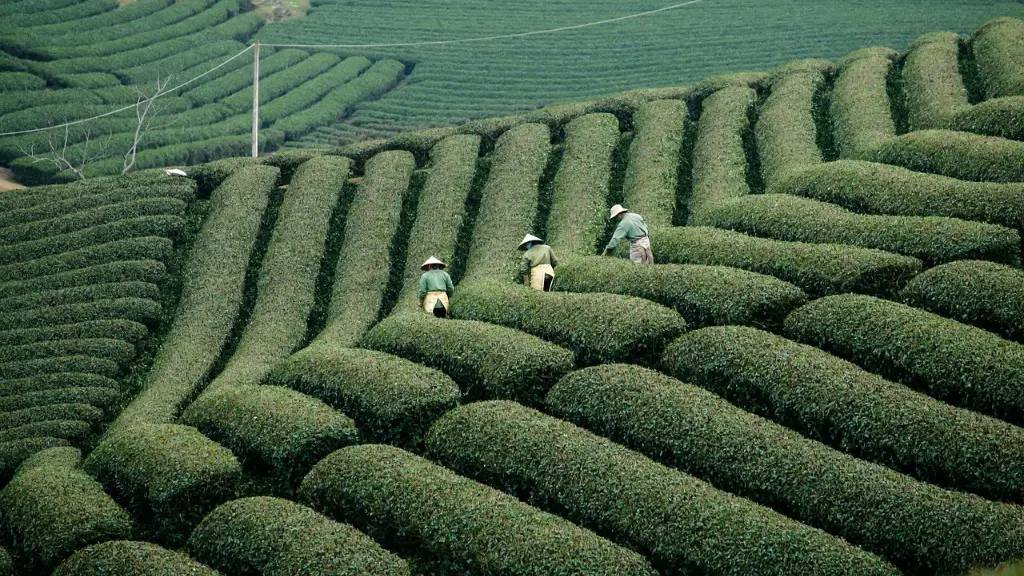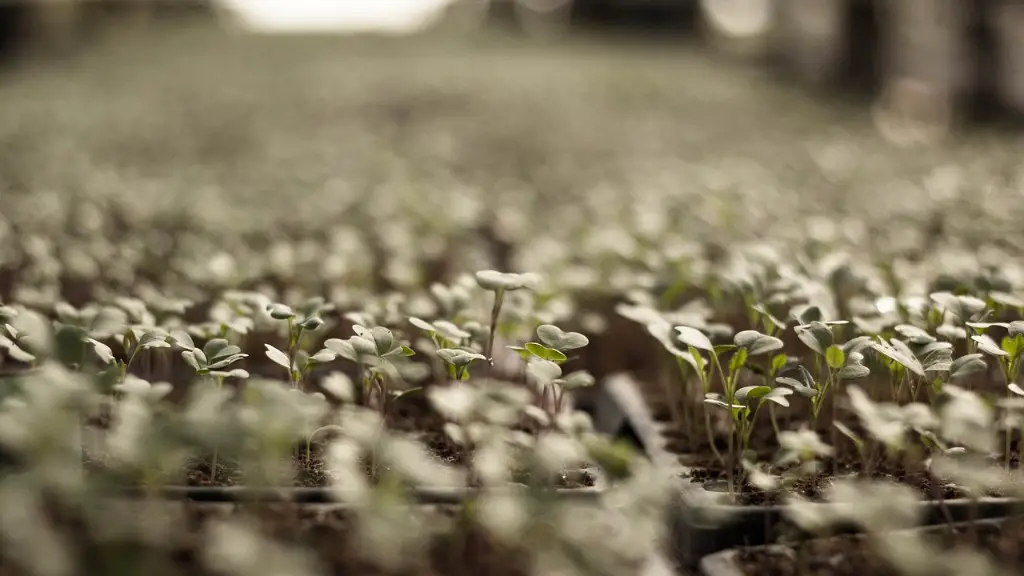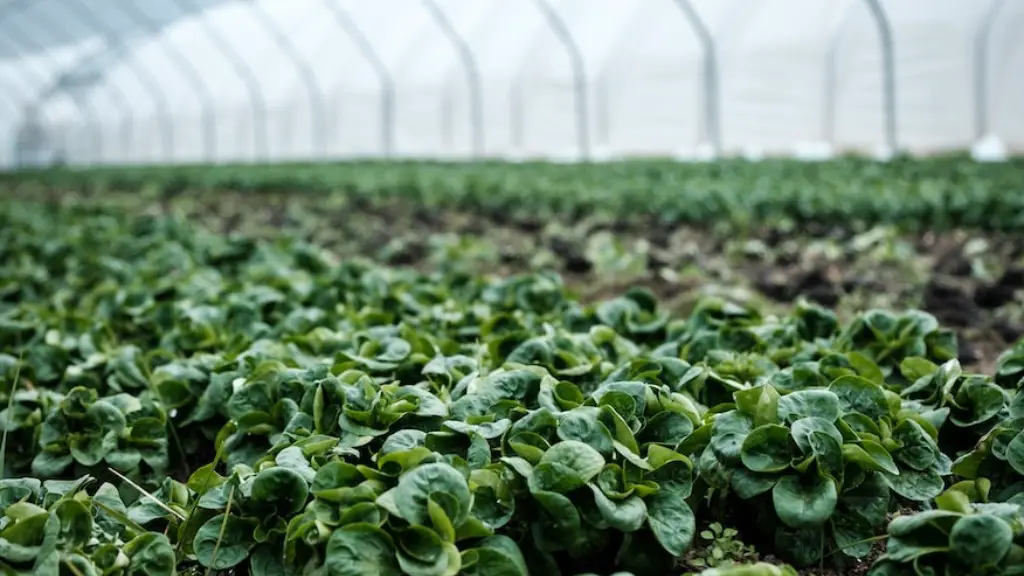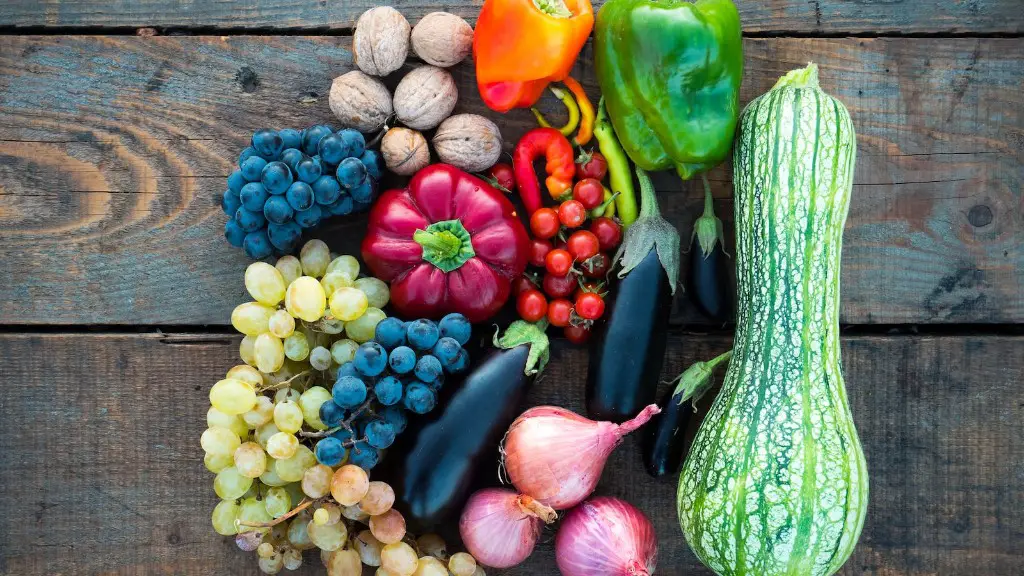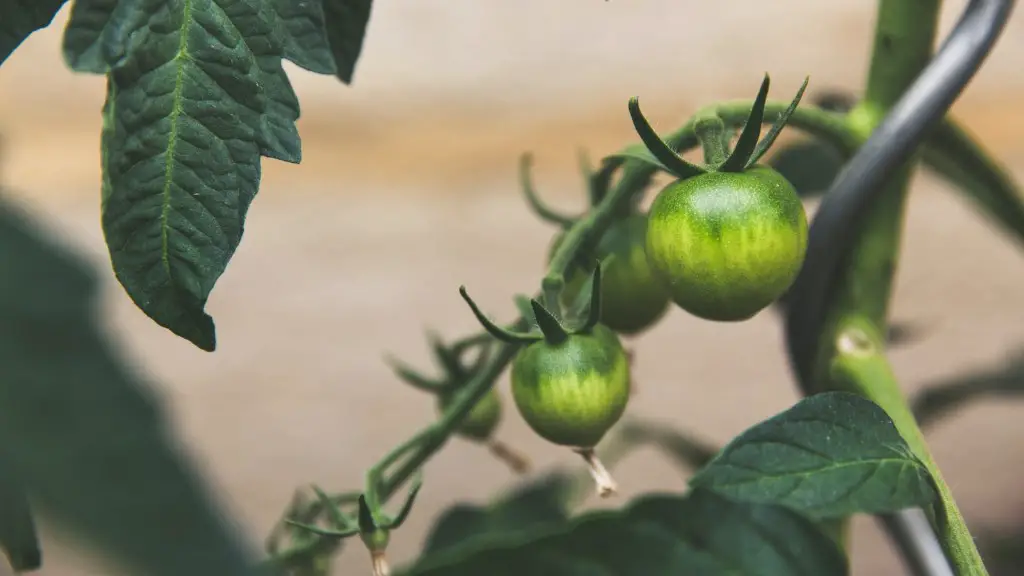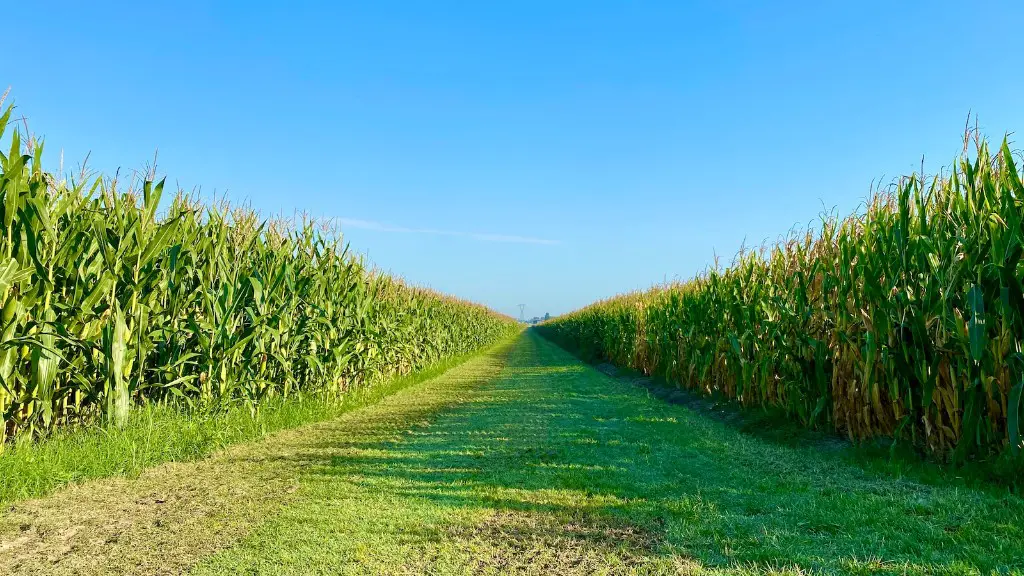Peat soil has many benefits for agricultural use, but should be employed with caution. It is much higher in organic matter than many other soil types and is therefore very suitable for plant growth in areas that experience low temperatures. For example, the low temperatures in northern latitudes make it an ideal substrate for certain crop species. Additionally, peat’s high level of humus can act as a natural fertilizer, increasing yields. Furthermore, its high permeability ensures that it is well draining, preventing excessive waterlogging of plants’ root systems.
However, peat is also very slow to decompose, making it of limited use for traditional intensive crop rotation strategies. Additionally, the high organic matter content makes it susceptible to compaction after drying, reducing the level of air and water available to roots. This can lead to poor plant nutrition and susceptibility to disease. Furthermore, peat can lose its moisture very quickly during long periods of drought and can be prone to erosion due to its high porosity.
Using peat as an agricultural substrate therefore requires careful management and monitoring in order to avoid these problems. Growers should ensure that the soil remains properly moistened and incorporate organic matter regularly into the soil. They should also be vigilant for signs of compaction, disease and erosion, and be prepared to take remedial action when required.
Overall, growing crops in peat soil can have significant benefits in certain climates, but must be handled with care. By following good management practices, farmers can ensure optimal health and productivity of their crops.
Fertilization
Peat offers an ideal soil medium for fertilization as its high organic matter content means that it can provide a natural fertilizer when used correctly. This is a preferable option for many growers in agricultural areas where access to chemical fertilizers can be limited. Additionally, the natural increase in soil fertility can mean a reduction in labor costs for farmers when it comes to applying traditional fertilizers.
However, growers must ensure that adequate fertility is maintained when using peat, as the loss of soil organic matter can limit the benefits offered by the medium. The addition of other natural fertilizers such as compost or manure can help to ensure adequate nutrition. Additionally, areas that experience prolonged and/or heavy rainfall may require the use of soil amendment in order to reduce waterlogging and maintain adequate porosity.
In summary, peat can offer a cost effective and natural medium for fertilization in agricultural operations, but must be managed correctly in order to ensure optimal results.
Moisture
Peat’s high porosity makes it extremely well draining, sometimes to an undesirable degree. This can significantly reduce the amount of water available to crop roots, leading to poor nutrition and reduced yields. To compensate for this, it is important to ensure that peat soil has an appropriate moisture content, which can be done through the use of organic matter and careful irrigation.
Peat’s high water retention capacity also can be advantageous in wetter climates or when biodiversity needs to be preserved. When managed correctly, it can act as a sink for excess moisture, preventing waterlogging and limiting the spread of invasive species. By doing so, it can provide an ideal environment for crops and other beneficial organisms.
The high humidity that peat offers can also be beneficial in certain climates, making it a possible option for farmers in locations with naturally low levels of precipitation. This improved air quality can help to boost the growth of certain crops, making it an ideal option for areas with low rainfall.
In conclusion, peat soil has the potential to be a highly beneficial agricultural substrate, but must be managed carefully in order to ensure optimal results. Growers must be aware of the unique characteristics of peat and should ensure that the moisture content and fertility levels remain consistent in order to protect their crops.
Organic Matter
Peat’s high organic matter content can provide many benefits to agricultural operations. For example, it can act as natural humus, providing essential nutrients and organic material to crop roots. This can also help to mitigate the loss of soil fertility that is experienced in many agricultural areas due to intensive farming methods.
The organic material present in peat can also provide additional benefits in the form of microorganisms that can help to break down organic matter in the soil. This can lead to improved soil structure and fertility, resulting in increased crop yields and root growth.
However, the high organic matter content in peat also means that it is susceptible to compaction when it has been dried out, leading to an excessively hard soil structure. To combat this, it is important to ensure that the peat remains properly moistened, as this can help to reduce the compaction and retain air and water in the soil.
In conclusion, peat can be a valuable soil amendment for agricultural operations, as its high organic matter content can provide nutritional benefits to crops. However, it must be managed carefully in order to avoid problems such as compaction and waterlogging.
Erosion
Another issue that growers should be aware of when using peat is erosion. Due to its high porosity, its particles can be easily displaced by water or wind, leading to its loss in large quantities. This can leave crops susceptible to root damage, reduced fertility, and slower growth rates.
Growers should take preventative steps to limit the risk of erosion when using peat. These can range from creating windbreaks or shelterbelts to using mulch or soil amendments to reduce surface runoff. Additionally, best management practices should be followed in order to limit water usage and the impact of farming on the landscape.
Overall, peat’s susceptibility to erosion means that it is important that growers are aware of the risks it poses and take action to limit its impact. Through careful management and monitoring, farmers can help to ensure the increased longevity and productivity of their agricultural operations.
Waste
Due to its slow decomposition rate, peat is not suitable for organic waste disposal. This can lead to a buildup of unconsumed organic matter in precariously high levels, leading to soil compaction and poor crop health. It is therefore important that growers utilize alternate methods of organic waste disposal when using peat.
On the other hand, peat can also be beneficial in waste management, as its high water-retaining capacity can act as a sink for human and animal waste products such as sewage and agricultural runoff. This can help to protect water sources from contamination and reduce the spread of disease.
In summary, it is important to realize the potential benefits and drawbacks of peat soil when it comes to waste disposal. By utilizing alternative disposal methods in combination with proper management techniques, growers can ensure a safe and productive agricultural environment.
Compatibility
When used correctly, peat can be extremely beneficial to certain crop species, as its high organic matter content aids in the availability of nutrients. However, it is important to recognize that not all crops can thrive in peat soil, and it may be necessary to use additional amendments or amendments to optimize compatibility with certain crops.
In some cases, the presence of peat can be beneficial in allowing certain crops to thrive in lower temperatures and areas with low soil fertility. By incorporating peat with other amendments, growers can ensure the growth of crops in areas where they may otherwise fail.
Knowing the specific requirements of crops is essential to ensuring successful results when using peat. By understanding the compatibility issues associated with it, growers can ensure that their crops receive the necessary nutrients for optimal growth.
In conclusion, peat soil can offer many benefits to growers in certain climates, however its compatibility with certain crops must be fully considered before use. With proper management and an understanding of its characteristics, growers can maximize the potential benefits of peat soil in their agricultural operations.
